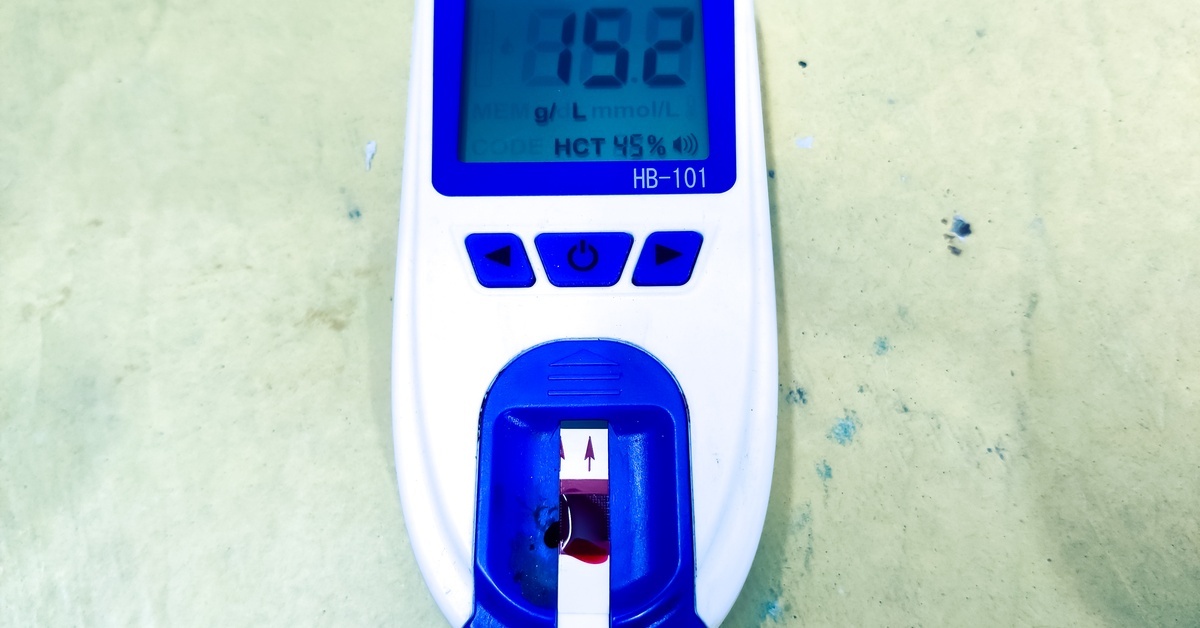A Complete Guide to Using an Aimstrip Hemoglobin Analyzer
Hemoglobin testing plays a critical role in patient care across multiple healthcare settings. The Aimstrip hemoglobin analyzer has become a trusted tool for healthcare professionals who want reliable point-of-care testing without the complexity of traditional lab equipment. This complete guide to using an Aimstrip Hemoglobin Analyzer explains everything you need to know about this device, from basic setup to interpreting results.
Whether you work in a clinic, birthing center, or hospital, understanding how to use this analyzer properly can improve patient outcomes and streamline your workflow. The technology behind these devices has advanced significantly in recent years, making hemoglobin testing more accessible than ever before.
What the Aimstrip Hemoglobin Analyzer Does
The Aimstrip Hemoglobin Analyzer measures hemoglobin concentration in whole blood samples using photometric technology. You get results in seconds rather than waiting for lab processing.
The device analyzes the color intensity of a blood sample applied to a test strip and then converts that measurement into a corresponding hemoglobin value. Anemia affects millions of patients worldwide, and early detection helps healthcare professionals treat patients more effectively.
Healthcare professionals use this analyzer in various settings. Midwives rely on it during prenatal visits to monitor maternal anemia. Primary care physicians use it to screen patients with suspected iron deficiency. Emergency departments use it for quick assessments when time is of the essence. The portability of the device allows you to bring reliable testing directly to your patients, eliminating the need to send them elsewhere.
How the Process Works

The analyzer handles whole blood from fingerstick samples, which reduces patient discomfort compared to venipuncture. You only need a small blood volume, typically around 10 microliters. That's barely a drop.
The device automatically calibrates with each test strip, eliminating one of the common sources of error in point-of-care testing. You don't need extensive training to operate it effectively, though proper technique still matters for accurate results.
Modern versions of the Aimstrip analyzer include memory functions that store previous test results. This feature helps you track patient trends over time without relying solely on paper records. Some models connect to electronic health record systems, making documentation even easier. The battery-operated design means you can use the device anywhere, from a traditional exam room to a home visit.
The Setup Phase: What You Need Before Testing Begins
You need to establish proper procedures before you test patients. Store your test strips according to the manufacturer's specifications. Most require room-temperature storage, away from direct sunlight and moisture. Check the expiration date on every vial before use. Expired strips give unreliable results, and there's no way to correct for that error after the fact.
Quality control runs should happen regularly. Run control samples at least once per day when you're actively using the analyzer, and anytime you open a new vial of test strips. Document these results in a log.
If your control values fall outside the acceptable range, don't test patient samples until you identify and fix the problem. This process could involve recalibrating the device, checking for contamination, or contacting technical support.
Create the Ideal Testing Environment
The testing environment affects accuracy. Perform tests at room temperature when possible. Extreme cold or heat can alter results. Ensure your work surface remains clean and organized. You'll need alcohol wipes, gauze, lancets, and sharps containers within easy reach. Having everything ready before you call in your patient makes the process smoother for everyone.
Inspect the analyzer and test strip port before each use for visible damage. Check that the display screen works properly. Replace batteries according to the maintenance schedule, not just when the device stops working.
Weak batteries can cause inconsistent results even if the device still powers on. Keep a backup analyzer on hand if you rely heavily on point-of-care testing. Equipment fails occasionally, and you don't want to delay patient care due to a malfunctioning device.
A Step-by-Step Testing Procedure
Here's how you perform a hemoglobin test using the Aimstrip analyzer. The process is straightforward once you know the steps.
- Turn on the device and wait for it to complete its self-check.
- Insert a test strip into the analyzer. The device will recognize it and prepare for testing.
- Clean the patient's fingertip with an alcohol wipe and let it dry completely.
- Use a lancet to obtain a blood sample from the side of the fingertip.
- Apply the blood drop to the test strip's sample area immediately.
- Wait for the analyzer to process the sample. Wait times are typically 15 to 30 seconds.
- Read and record the hemoglobin value displayed on the screen.
- Dispose of the used lancet and test strip in appropriate sharps and biohazard containers.
Helpful Tips for Accurate Testing
The timing of blood application matters more than most people realize. You need to apply blood to the strip quickly after obtaining the sample. Blood begins clotting immediately, and clotted samples don't flow properly across the test strip. If you miss the timing, start over with a new strip rather than trying to force a clotted sample to work.
Proper fingerstick technique reduces patient discomfort and improves sample quality. Stick the side of the fingertip, not the pad. The sides have fewer nerve endings. Use a quick, confident motion with the lancet.
Wipe away the first small drop of blood with clean gauze, then use the second drop for testing. That first drop often contains tissue fluid, which can dilute your sample and lower the hemoglobin reading.
You want a good blood drop, not too small, not smeared across the finger. If the drop isn't large enough, don't squeeze the finger aggressively. That introduces tissue fluid and gives you a false reading. Better to stick again in a different spot.
Some patients bleed more easily than others. Warm the hand before testing to improve blood flow, especially in patients with cold hands or poor circulation.
Reading the Numbers: How To Interpret Hemoglobin Results

Normal hemoglobin ranges vary by age and sex. Adult men typically have a range of 13.5 to 17.5 g/dL. Adult women usually fall between 12.0 and 15.5 g/dL. Pregnant women often have slightly lower values due to increased blood volume. Children have different reference ranges that change as they grow and develop. You should know these ranges to interpret results correctly.
Low hemoglobin levels indicate anemia, but anemia has many potential causes. Iron deficiency is common, especially in menstruating women and pregnant patients. However, patients may experience anemia due to chronic disease, vitamin B12 deficiency, or blood loss. The hemoglobin value tells you that anemia exists; however, it doesn't tell you why. You’ll need additional testing and clinical evaluation to determine the underlying cause.
High hemoglobin readings are less common but still significant. Dehydration can falsely elevate hemoglobin concentration. So can chronic hypoxia, which stimulates red blood cell production. Smoking causes elevated hemoglobin levels. Certain medical conditions, such as polycythemia, produce genuinely high red blood cell counts that appear as elevated hemoglobin levels.
Compare point-of-care results with laboratory values when possible. The Aimstrip Hemoglobin Analyzer provides quick results, but it's not as precise as a full laboratory analyzer. Most point-of-care devices have an acceptable margin of error around ±0.5 g/dL.
That's fine for screening and monitoring, but critical decisions sometimes require laboratory confirmation. If a result seems inconsistent with the patient's clinical picture, retest or send a venous sample to the lab.
Moving Forward: Build Confidence With Point-of-Care Testing
The Aimstrip Hemoglobin Analyzer provides healthcare professionals with a practical tool for point-of-care testing, saving time and enhancing patient care. Our complete guide to using an Aimstrip Hemoglobin Analyzer provides the foundation you need, but competence comes from hands-on experience.
The device itself is simple to operate; the complexity lies in interpreting the results for each patient. Take time to master this tool properly, and you'll find it becomes an invaluable part of your clinical practice.
Cascade Health Care offers the Aimstrip hemoglobin analyzer, test strips, and all the necessary supplies for reliable point-of-care testing. We make it easy to order health care products online with fast shipping and responsive customer support. Visit our website to browse our full selection of medical equipment and supplies.
Recent Posts
-
Must-Have Tools and Instruments for Obstetric Care
Obstetric care demands a unique blend of clinical expertise, intuitive patient management, and preci
-
Positions for Out-of-Bed Laboring During a Home Birth
For midwives, doulas, and other healthcare professionals who attend home births, facilitating a safe



